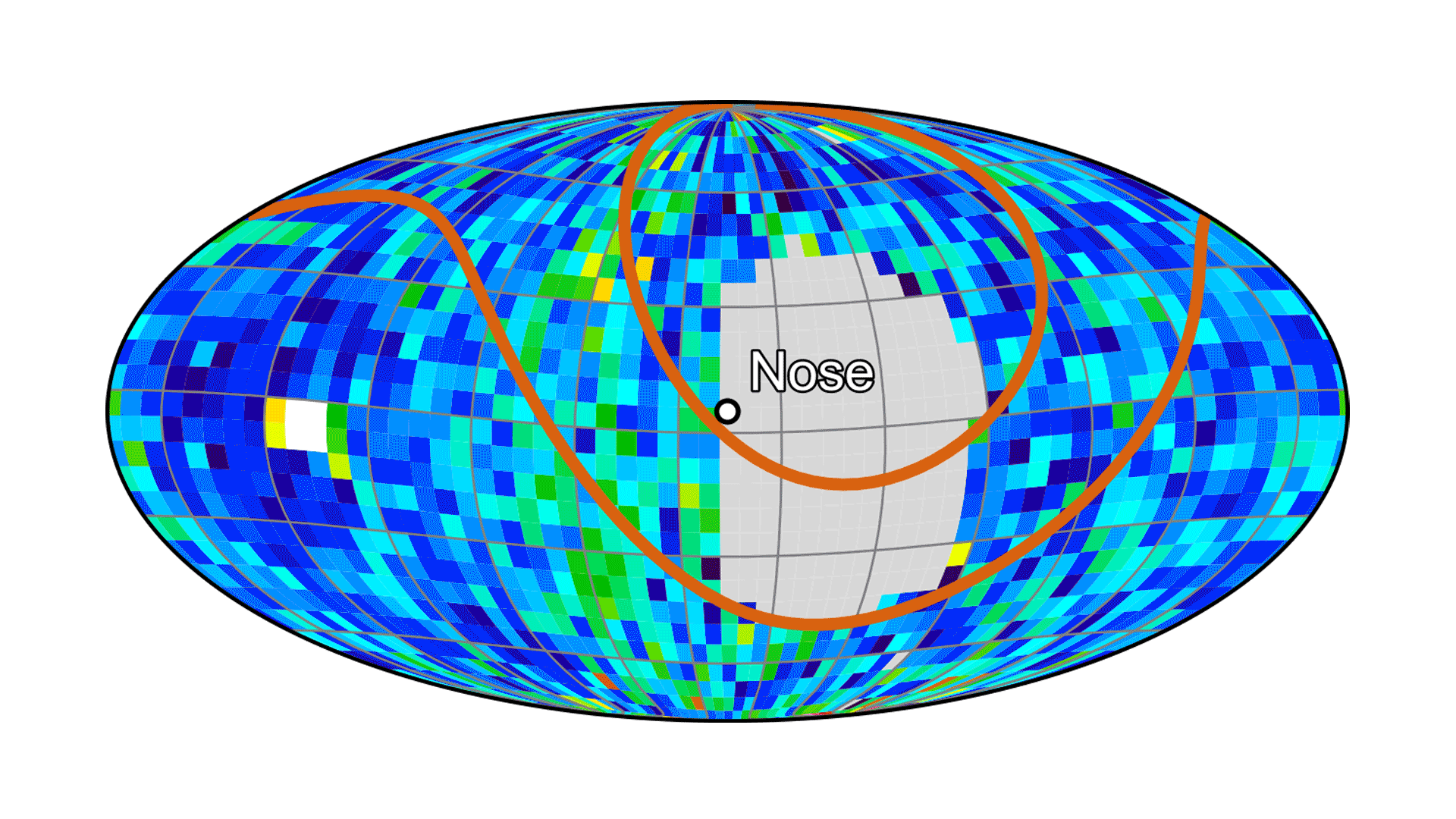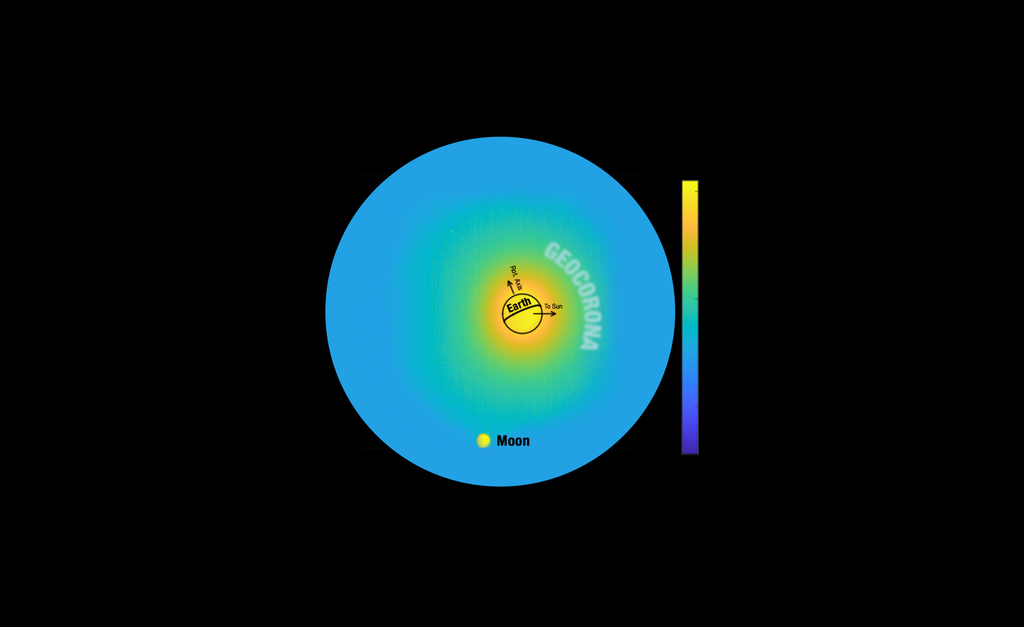
City life has its challenges. The crowds, the traffic, pedestrians at the mercy of the weather … and drones – also known as unmanned aircraft systems, or UAS, which will face some of the same challenges in our cities in the near future. By 2020, there could be as many as 400,000 commercial small UAS registered in the United States, along with some two million for recreational use. Many jobs – those too dirty or dangerous for people – are already emerging for drones, everywhere from farms in the heartland to the urban areas. Especially in an urban environment, there will be a need to keep all that activity in the air running safely and smoothly.
NASA is conducting field demonstrations of small drones navigating urban landscapes in Reno, Nevada, and Corpus Christi, Texas, during the next few months. This will complete the agency’s testing of technologies that can be part of a system to safely manage drone traffic.
























